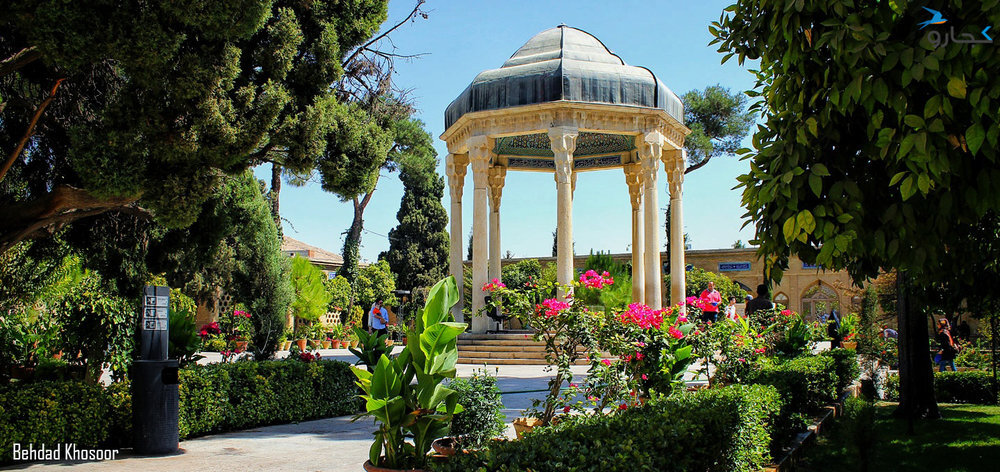National Shiraz Day: an emblem of Persian history, culture, and literature

TEHRAN – Yesterday, many lovers of Persian culture, history and literature marked the National Shiraz Day mainly through online programs and visits to Hafezieh where Hafez, an illustrious 14th-century Persian poet, is laid to rest in the southern Iranian city.
Ordibehesht 15 in the Iranian calendar (which falls on May 4 this year) has been designated as National Shiraz Day due to its unique nature in spring, as well as historical and cultural importance.
Eram Garden, Afif-Abad Garden, Tomb of Hafez, Tomb of Sa’di, Jameh Mosque of Atigh, and Persepolis are among the historical, cultural, and ancient sites of Shiraz that are of interest to domestic and foreign tourists.
Every year on Shiraz Day, different ceremonies are held in this city, but this year, due to the outbreak of coronavirus, the historical, cultural, and literary places of Shiraz refused to host people.
Almost all Iranians love Hafez poetry which is soaked in deep sense of humanity echoing ranges of historical events, biographical descriptions, and details of life in his hometown, Shiraz.
Hafez is most famous for his Divan and among the many partial English translations of this work are those by Gertrude Bell and H. Wilberforce Clarke.
Encyclopedia Britannica comments that the extraordinary popularity of Hafez poetry in all Persian-speaking lands stems from his simple and often colloquial though musical language, free from artificial virtuosity, and his unaffected use of homely images and proverbial expressions.
Shiraz is home to some of the country’s most magnificent buildings and sights. Increasingly, it draws more and more foreign and domestic sightseers flocking into this provincial capital which was the literary capital of Persia during the Zand dynasty from 1751 to 1794.
AFM/MG
